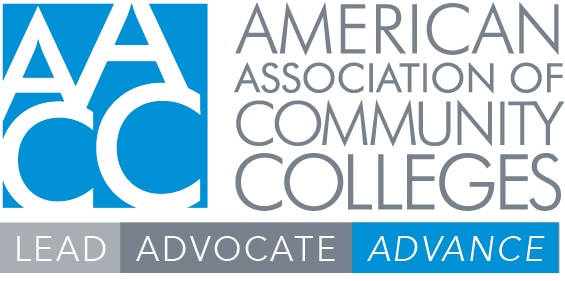
As has been widely reported, House Republicans and White House negotiators this weekend reached a deal on a legislative package to suspend the debt ceiling until January 2025, making other changes as part of the political bargain. Most importantly for community colleges and their students, the agreement limits fiscal year (FY) 2024 and 2025 defense and non-defense funding. The package also rescinds some unobligated Covid-relief funding (though none of the main education funding benefiting community colleges) and changes some SNAP and TANF rules. (The American Association of Community Colleges continues to work to alter SNAP eligibility as part of ongoing work on the Farm Bill.)
As of this writing, Congressional leaders are working to marshal the necessary support to pass the 99-page bill, the “Fiscal Responsibility Act of 2023,” which is likely to include a mix of Republican and Democratic votes. Those on the extreme flanks of both parties have indicated they will not support the measure.
Domestic approps again in crosshairs
Debt extension legislation that had passed the House earlier this month would have placed strict caps on appropriations (i.e., “discretionary”) spending for 10 years and could potentially have made it extremely difficult to secure funding increases for community college priorities over that entire period. In that respect, limiting the debt limit period to two years has tangible upsides. However, because the debt limit extension lasts for a relatively brief period, the next administration and Congress will need to revisit the same issue, with the same charged political and financial complications possibly re-emerging.
It also should be noted that, as is often the case, federal policies to limit spending often target the approximately 15% of the budget that goes to domestic appropriations for reductions, leaving in place spending policies on the much larger mandatory programs, such as Social Security and Medicaid, as well as defense spending. The possibility of increasing revenues was never seriously discussed in the recent negotiations.
New size of the funding pie
Because of the complexity of budget rules and the different funding streams, the amount of funding that will be available for “domestic discretionary” programs under the agreement is not simple to pin down. This general category includes almost every annually funded program of interest to AACC, including Pell grants, Perkins Act, WIOA, TRIO, institutional aid, National Science Foundation and numerous other programs. The White House is saying that, after accounting for various budgetary adjustments, the non-defense total for FY 2024 is almost identical to the FY 2023 total, and the FY 2025 total is a cut of one percent. The FY 2025 cap on non-defense spending does restrain funding more tightly, but appropriators generally focus one year at a time and hopefully will address that next year.
Within these new overall budget limits, AACC will continue to advance its FY 2024 appropriations priorities.
It is a tough environment to secure increases, making member advocacy even more important.





